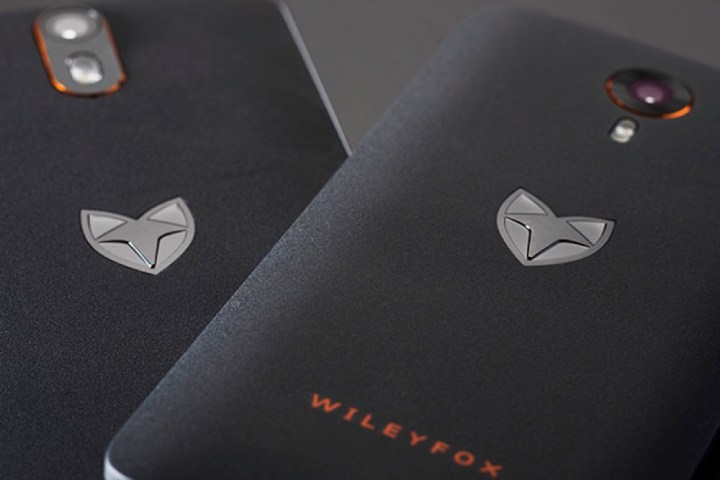
Right now, you can get the Storm and the Swift for 200 and 130 pounds respectively, but the British brand’s new series is called the Spark and there are three variants to choose from: the Spark, which costs 90 pounds; the Spark Plus, costing 115 pounds; and the Spark X, which will run you 130 pounds. For reference, the cheapest Spark costs around $120.
Wileyfox’s new devices run Cyanogen OS 13, which is a customized version of Android 6.0 Marshmallow.
The 90 pound Spark comes in a sandstone white or black finish, which is clearly a nod to OnePlus, the budget Chinese company that’s known for its use of a sandstone texture on earlier devices. The basic Spark model gets you a MediaTek 6735 processor and a 5-inch screen with a resolution of 1280 x 720 pixels. It only comes with 1GB of RAM, and 8GB of internal storage, and the front and rear cameras are packed with the same amount of megapixels — eight. You’ll also find dual SIM support, a 2,200mAh removable battery, and a MicroSD slot that can expand your storage up to 128GB.
For 25 pounds more, the Spark Plus uses the same 5-inch size, 720p screen, and MediaTek processor, but upgrades almost every other category. The RAM jumps to 2GB, the internal storage doubles to 16GB, and while the front camera stays the same, the rear one is now a 13-megapixel camera. Oddly, it does have a MicroSD card but unlike the basic Spark, you can only upgrade your storage up to 32GB.
The top of the line Spark X is basically the Spark Plus, but with a jump in size to 5.5-inches, though it unfortunately retains the measly 720p resolution. The battery also makes a jump to 3,000mAh.
The cheapest Spark device is now available for pre-orders on Wileyfox’s website, and it’s expected to ship and deliver after July 12. The other two devices will launch toward the end of July.

